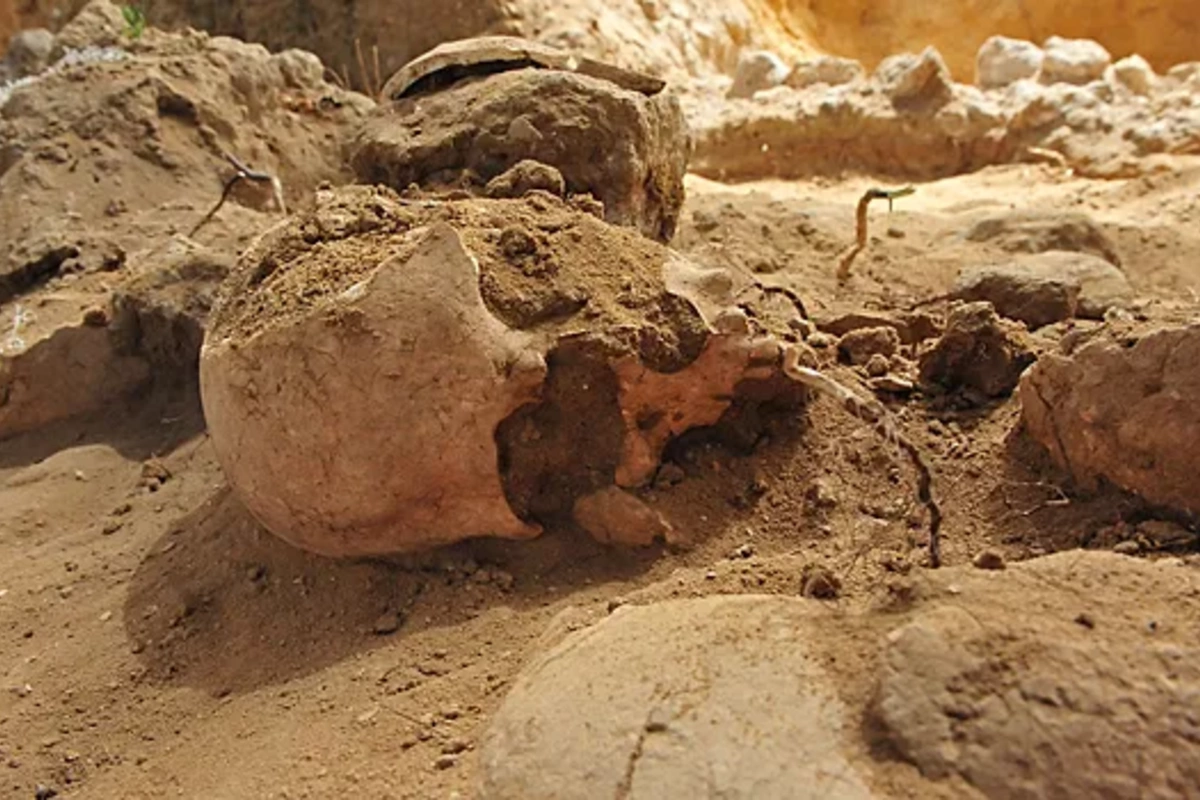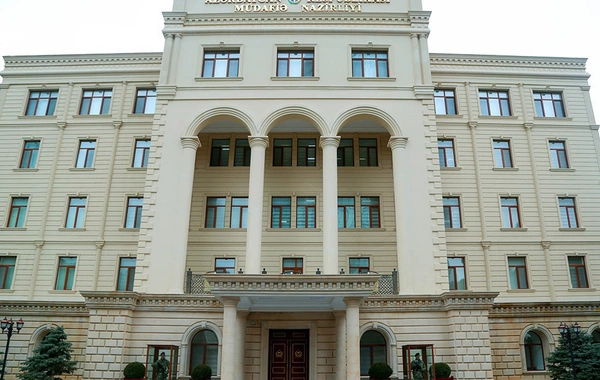Scientists discovered what a person looked like 16 thousand years ago

Researchers from the Guangxi Zhuang Autonomous Region of China have made an impressive breakthrough in paleoanthropology, applying advanced 3D technologies to recreate the appearance of a human who lived on Earth 16,000 years ago. The results of this amazing research were presented to the scientific community in the Journal of Archaeological Science.
The invaluable remains of the ancient human were discovered in the Yahuai Cave, located on a highland near the Bolan village in the Longan County of Guangxi Province. The finding is of particular value as it is the second Paleolithic burial ever found in China.
The discovered skull is unique in that it has been preserved completely - it is the only such specimen found in the southern regions of China. This finding opens new horizons for scientists in studying the genetic diversity of ancient humans, their migration routes, and cultural traditions of the late Paleolithic.
During careful research, specialists identified interesting anatomical features: the skull of the ancient cave dweller exceeds the size of modern women's skulls but is smaller than men's. A notable feature is the raised frontal bone. The reconstructed face is characterized by a round shape, narrow eye shape, relatively full lips, and a flat nose.
Similar News
Google will present AI for children
Google Corporation plans to launch a special version of Gemini artificial intelligence (AI) services for children. This is reported by Android Authority. The me...




 Azərbaycanca
Azərbaycanca  По-русски
По-русски  English
English 





